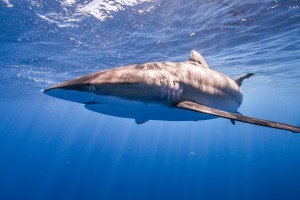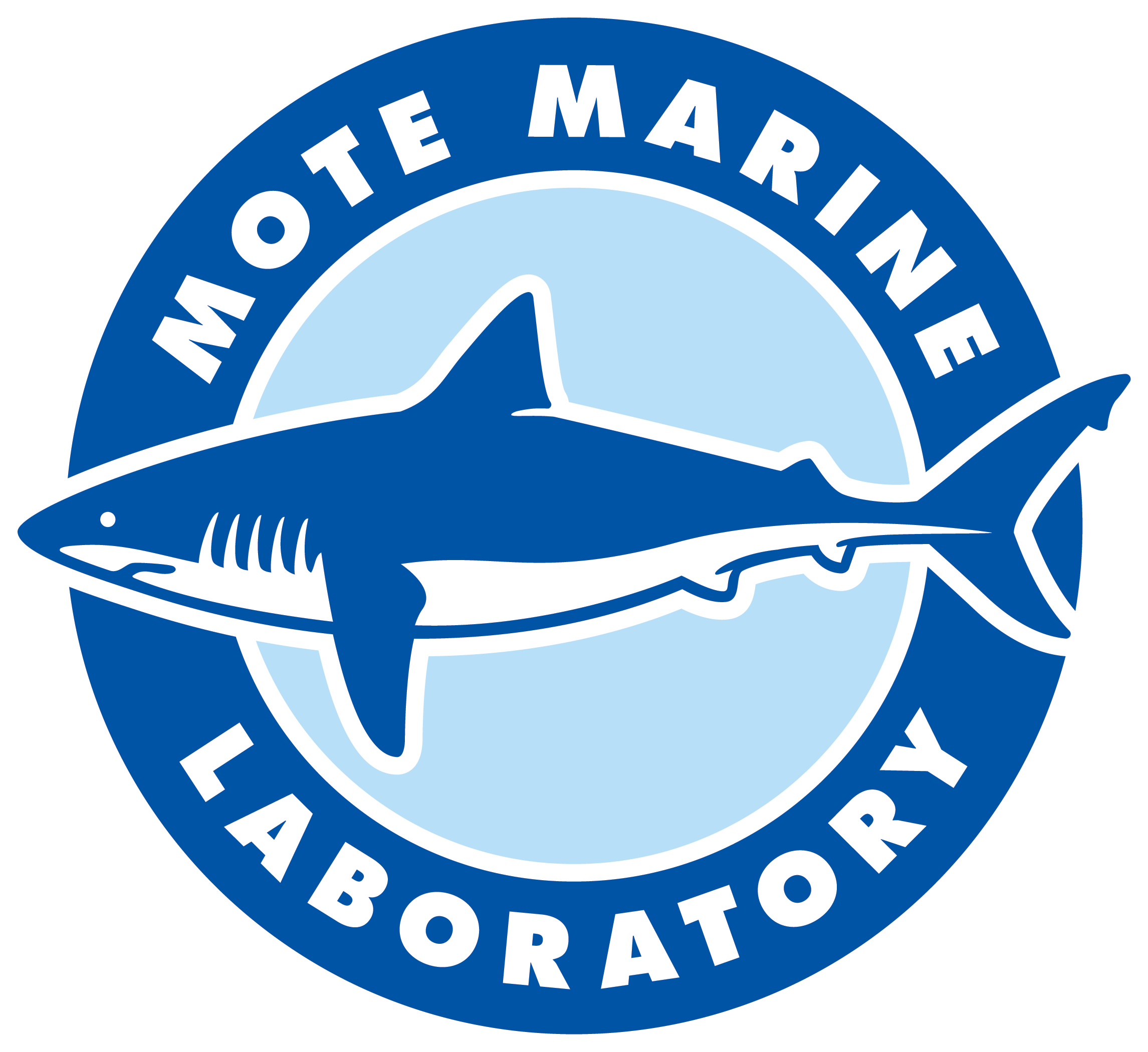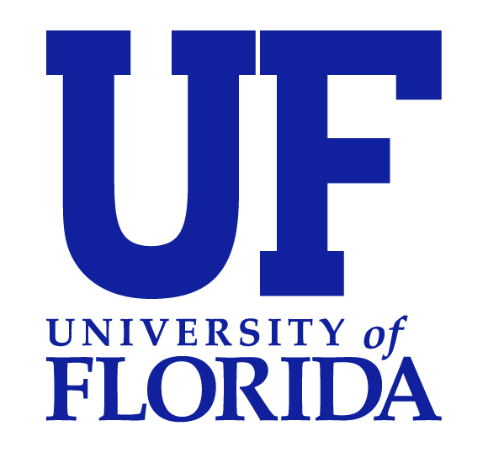
Sharks & Rays Conservation Research
Sharks & Rays Conservation Research
1600 Ken Thompson Parkway
Sarasota, FL 34236
Ph: (941) 388-4441
Hours: 10AM - 5PM
A 501(c)3 nonprofit organization.
Using genetic tools to boost seagrass restoration success in the Indian River Lagoon
Seagrasses are declining in Florida’s Indian River Lagoon (IRL). Restoring them is an essential way to improve habitat for many marine species, food sources for Florida manatees, water quality and coastal protection against storms. Restored seagrasses will face environmental stress, but science-based strategies can increase their resilience.
One important way to support resilience is ensuring that seagrass populations are genetically diverse. In this project, Mote scientists and partners are analyzing the genetic diversity of seagrass donor material from nurseries and the genetic diversity of natural seagrass meadows in Florida’s IRL. Results will provide practitioners and managers with information on the genetics of seagrass nurseries and the impact of seagrass die-offs on seagrass genetics.
This project is a partnership among Mote Marine Laboratory, University of Florida, Florida Oceanographic Society and Florida Atlantic University’s Harbor Branch Oceanographic Institute. This project is supported by a competitive grant from the Indian River Lagoon National Estuary Program.





Using Land-Based Seagrass Nurseries and Genetic Approaches to Increase Seagrass Restoration Success
This National Oceanic and Atmospheric Administration funded project is working in sync with and leverages with the Initiative and Center. Mote Marine Laboratory’s campuses in Sarasota, FL (Mote Aquaculture Research Park), Key Largo, FL, and Summerland Key, FL will be the grounds of novel seagrass restoration research. The Mote Seagrass Ecosystem Research and Restoration Program strives to (a) develop cutting-edge propagation and out-planting technologies, (b) establish the research structure for ensuring that there are multiple genetically distinct, locally adapted strains that are resistant to common stressors available for restoration projects, and (c) serve as a hub for innovative applied restoration research.
Mote is adding tanks for nursery and research purposes at Mote campuses in Sarasota, FL, Key Largo, FL and Summerland Key, FL. Mote and its partners will establish multiple nurseries with seagrasses separated by location and genotype. We will also research the tolerance of various seagrass populations to multiple disturbances and analyze seagrass genetics throughout Florida. The establishment of seagrass nurseries throughout Florida will provide a foundation for future research projects investigating tools for increasing seagrass restoration success.
NOAA Project Objectives
Maintain a seagrass nursery with various seagrass populations at Mote Aquaculture Research Park (MAP) in Sarasota, FL.
Maintain a seagrass nursery with various seagrass populations at Mote’s Key Largo campus.
Maintain a seagrass nursery with various seagrass populations at Mote’s Summerland Key campus.
Test the resilience of different seagrass populations to multiple environmental stressors.
Analyze seagrass genetic structure throughout Florida.
Impact of Environment-Seagrass-Microbe Interactions on Seagrass Stress Response and Ecosystem Functions
As a result of natural and anthropogenic stressors, seagrasses are declining rapidly, with around one-third of seagrass areal coverage lost globally since 1879. Many drivers of seagrass loss, including heat waves, nutrient over-enrichment, increased turbidity, hypersalinity, hypoxia, and invasion by macroalgae, co-occur with sulfide toxicity, often producing synergistic effects. Sulfide is a phytotoxin that negatively impacts plant growth, aerobic metabolism, and nutrient uptake, often leading to seagrass mortality and die-back events.
Since seagrasses grow in sediments with high sulfide concentrations, their survival requires adaptations that support sulfide detoxification. While associations between the sulfide-oxidizing bacteria, Candidatus Thiodiazotropha, and multiple seagrass species have been observed and proposed as a sulfide detoxication mechanism, more information is needed on how these associations directly impact seagrass health and ecosystem functions.
Results from this project will provide information on the abundance of beneficial sulfide-oxidizing bacteria in seagrass meadows throughout Florida, exploring how nutrient availability and stress levels may impact the abundance of the sulfide-oxidizing bacteria. Additionally, information on how sulfide-oxidizing bacteria influence seagrass resilience and response to stress can be applied to seagrass management and restoration efforts.
This project is funded through a National Science Foundation Postdoctoral Research Fellowship in Biology to Jamila Roth in collaboration with Drs. Julie Meyer (University of Florida), Laura Reynolds (University of Florida), Ashley Smyth (University of Florida), and Loraé Simpson (Florida Oceanographic Society).